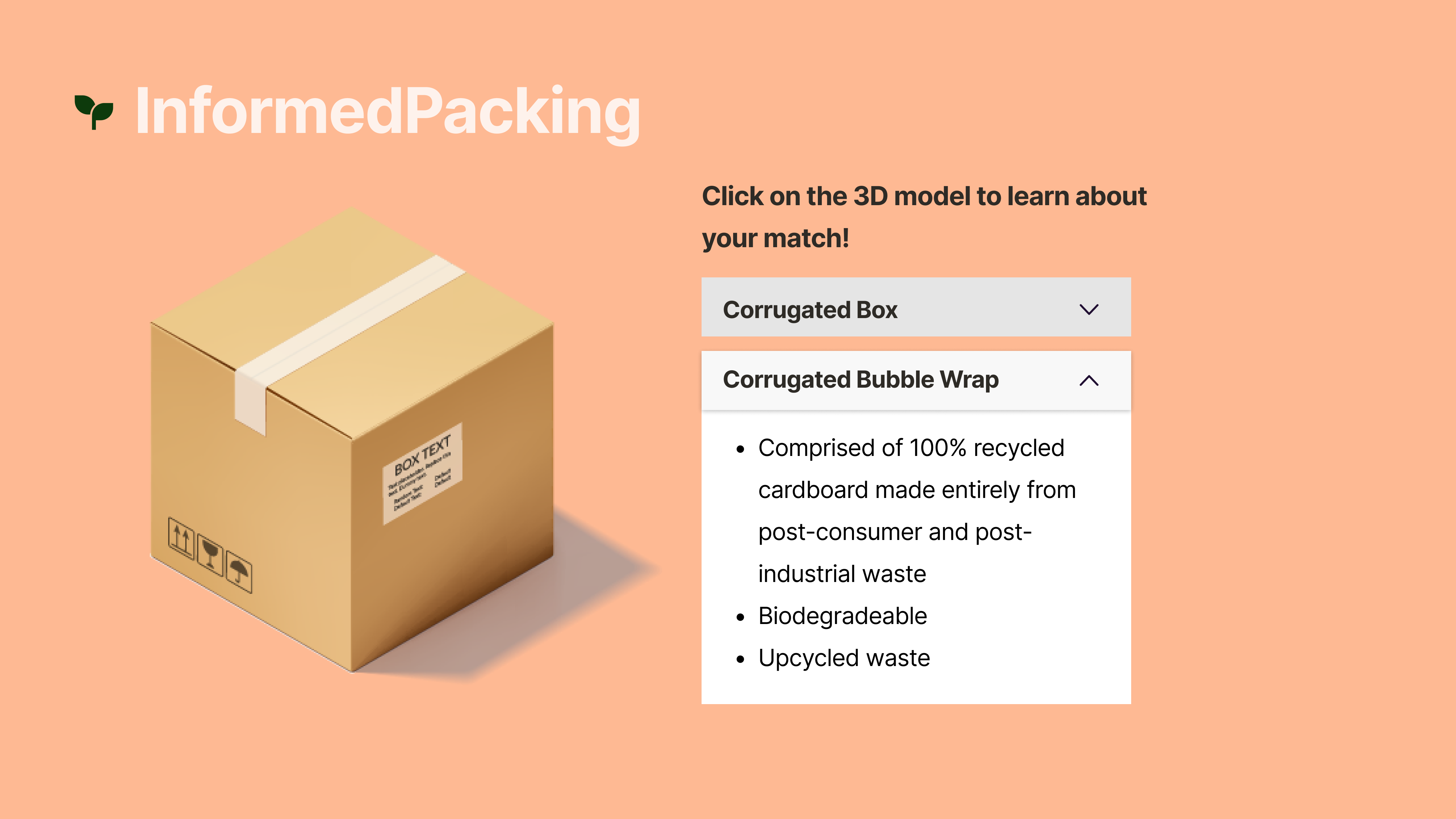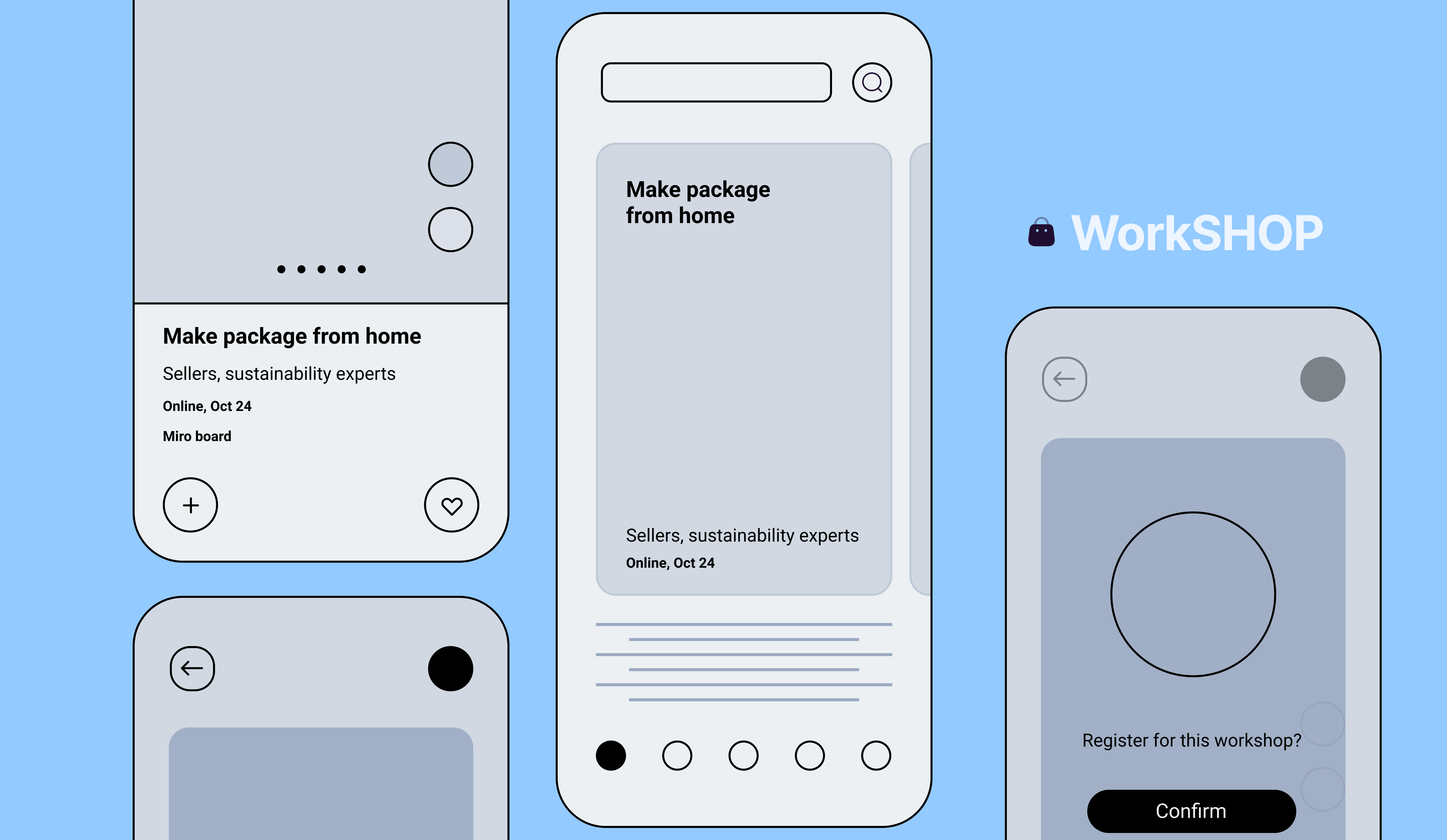
Small Craft Businesses
for Sustainability
We are a group of MS HCI students hoping to provide more environmentally friendly business solutions for small business owners (SBO) in the craft industry. Craft industry can be defined as business models based on handmade goods, where craft business owners include local jewelry makers, boutique owners, clothing store owners, etc. Our research is centered on exploring how to reduce physical waste during the order fulfillment process.
Learn about us



